C1649
Cardiolipina solution from bovine heart
4.7-5.3 mg/mL in ethanol, ≥97% (TLC)
Sinónimos:
Diphosphatidylglycerol solution
About This Item
Productos recomendados
biological source
bovine heart
Quality Level
assay
≥97% (TLC)
form
liquid
packaging
glass bottle of
concentration
4.7-5.3 mg/mL in ethanol
color
colorless to yellow
application(s)
general analytical
lipidomics
metabolomics
functional group
phospholipid
lipid type
phosphoglycerides
shipped in
dry ice
storage temp.
−20°C
¿Está buscando productos similares? Visita Guía de comparación de productos
Categorías relacionadas
General description
Application
- for coating Corning 96-well enzyme immunoassay/radioimmunoassay (EIA/RIA) plate to perform enzyme-linked immunosorbent assay (ELISA)-based cardiolipin binding assay
- in lipid analysis along with phosphatidylglycerol (PG) to comigrate the radiolabeled lipids to identify PG and cardiolipin (CL)
- in coating ELISA plates for antiphospholipid antibodies (aPL) assays
Biochem/physiol Actions
Features and Benefits
- High-quality molecule suitable for mulitple research applications
- Commonly employed in Metabolomics and Biochemical studies
Other Notes
Physical form
signalword
Danger
hcodes
Hazard Classifications
Eye Irrit. 2 - Flam. Liq. 2
Storage Class
3 - Flammable liquids
wgk_germany
WGK 2
flash_point_f
55.4 °F - closed cup
flash_point_c
13 °C - closed cup
Certificados de análisis (COA)
Busque Certificados de análisis (COA) introduciendo el número de lote del producto. Los números de lote se encuentran en la etiqueta del producto después de las palabras «Lot» o «Batch»
¿Ya tiene este producto?
Encuentre la documentación para los productos que ha comprado recientemente en la Biblioteca de documentos.
Los clientes también vieron
Nuestro equipo de científicos tiene experiencia en todas las áreas de investigación: Ciencias de la vida, Ciencia de los materiales, Síntesis química, Cromatografía, Analítica y muchas otras.
Póngase en contacto con el Servicio técnico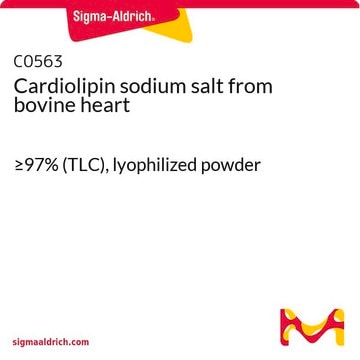



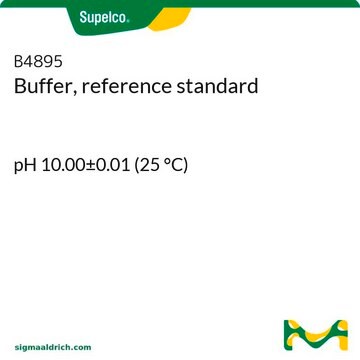
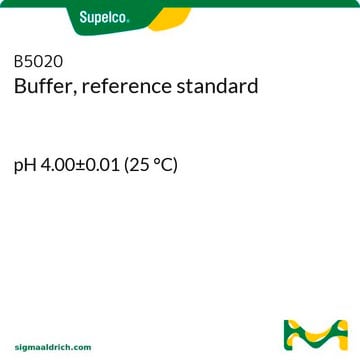




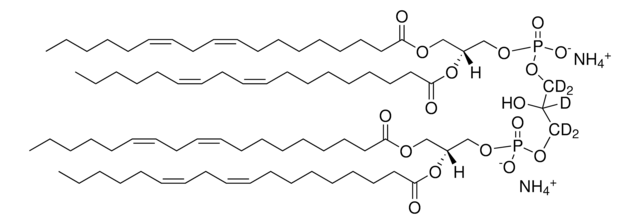

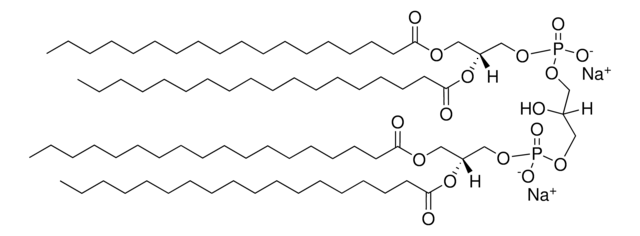
![14:0 Cardiolipin (sodium salt) 1′,3′-bis[1,2-dimyristoyl-sn-glycero-3-phospho]-glycerol (sodium salt), chloroform](/deepweb/assets/sigmaaldrich/product/images/390/523/992bed4e-3608-4209-aa6e-fa9206a4a31b/640/992bed4e-3608-4209-aa6e-fa9206a4a31b.jpg)